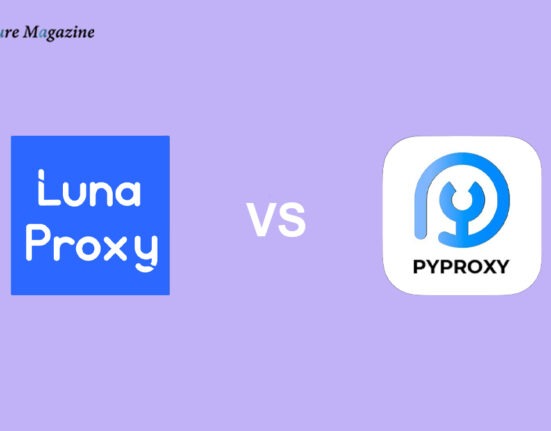Bright candy art, tumbling reels, little interactive nudges, they crowd the screen now. It did not happen by accident. The tech got faster, and players, well, started asking for more than pull-and-spin loops. Platforms lean into lively game logic, punchy visuals, and interfaces that mostly stay out of the way.
Turbo spin here, keyboard shortcuts there, a random bonus popping up when you were about to quit, and suddenly the cycle feels stickier. Increasingly, titles such as sweet bonanza inform trends outside gaming by embedding their technical DNA in apps, social media, and even workplace software. So the bar keeps creeping upward. Players push, technology answers, and online time shifts along with it.
Rethinking Game Design To Change How Play Feels
Designers have been moving from fixed patterns to systems that keep shifting under your fingertips. Sweet Bonanza is a tidy example: a 6×5 grid, no classic paylines, an all-ways scatter pays model that changes how wins appear. Then the tumble mechanic arrives, dropping fresh symbols after a hit and nudging you into just-one-more-spin territory. Random multipliers, free spins that show up a touch earlier or later than expected, small surprises that stretch attention.
That this sort of constant motion tends to keep people engaged for longer, though mileage varies. Early 2024 notes pointed to grid slots with tumbles showing roughly higher retention, around the 40 percent mark in some datasets, compared to older formats. You can see the knock-on effects too, as studios borrow the math and experiment with new engagement curves.
Randomness and Psychological Engagement in Online sweet bonanza Experiences
Unpredictability remains the fuel. Teams lean on controlled randomness in bonuses and in the broader payout model to keep the tempo from settling. The online sweet bonanza model uses Super Scatter symbols and randomized bonus multipliers to sustain tension and anticipation. A 2025 Aexel Biomed paper, cited around the industry, links variable rewards to dopamine responses, suggesting that near-misses might tug almost as hard as wins. In practice, Sweet Bonanza’s sessions rarely feel identical, which lines up with wider entertainment patterns that prefer surprise over routine.
That volatility can draw out sessions too, gently but noticeably. Some behavior data ties higher variance and frequent bonus teases to longer play windows, on the order of a third longer, although context matters. The same engagement logic now shows up beyond games, where algorithmic unpredictability is treated like a growth lever.
Accessibility and User Experience in the New Digital Entertainment Era
Clean, quick, and reachable is the baseline now. Sweet Bonanza folds in turbo spin, keyboard control, and menus you can parse at a glance, so both new players and grinders can find a pace that fits. Saturated colors and upbeat audio help with immersion, at least for many. PokerNews has noted that these tweaks line up with a demand for lower-friction play, a trend helped by bigger phone screens and stronger GPUs on the go.
And the habits spill outward. Productivity apps borrow the same clarity, social features borrow the instant feedback, and even learning tools lean on the familiar tap-spin-confirm cadence. Whether on a train with a phone or at a desk with a monitor, expectations for usability keep drifting toward what games already optimized.
Cultural and Societal Influence Beyond the Game Grid
Those loud visuals and snappy loops have escaped the gaming frame. Sweet Bonanza’s palette and straightforward navigation echo the wider push toward gamification in everyday tools. Mastery Coding points to healthcare and training platforms adopting related techniques, things like progress bars, intermittent rewards, and visually dense environments that nudge attention forward.
You can spot similar mechanics inside community apps, team dashboards, and remote work suites, where reward-centric logic sits under the hood. Algorithms tuned for surprise in slots now help curate recommendations and run classroom prompts. It seems fair to say gaming technologists are shaping taste as much as software, though not everyone agrees on the net effect. Still, those crossovers keep multiplying.
Attention to Responsible Gaming and Player Wellbeing
The same systems that hook interest can overreach, which is the uncomfortable part. Many studios now surface betting limits, activity reminders, and straightforward stats to put brakes within reach. The same mechanics that make sweet bonanza engaging, the random wins, the frequent feedback, the immersive sound and color, can also tilt some people toward risky patterns.
Leading platforms add voluntary self-exclusion and cool-off timers, and they make them more visible. Aexel Biomed’s 2025 report describes these guardrails as moving from nice-to-have to expected, a shift that feels overdue to some observers. As the mechanics evolve, so does the duty to balance thrill with care. It is not a perfect balance yet, but the direction seems to be set.








